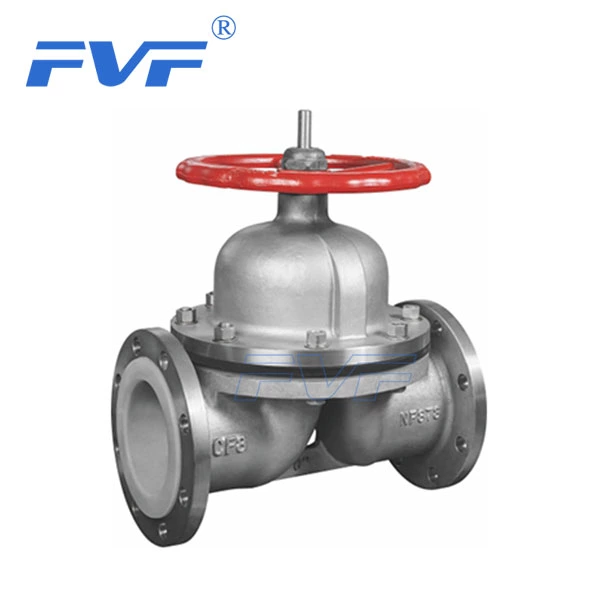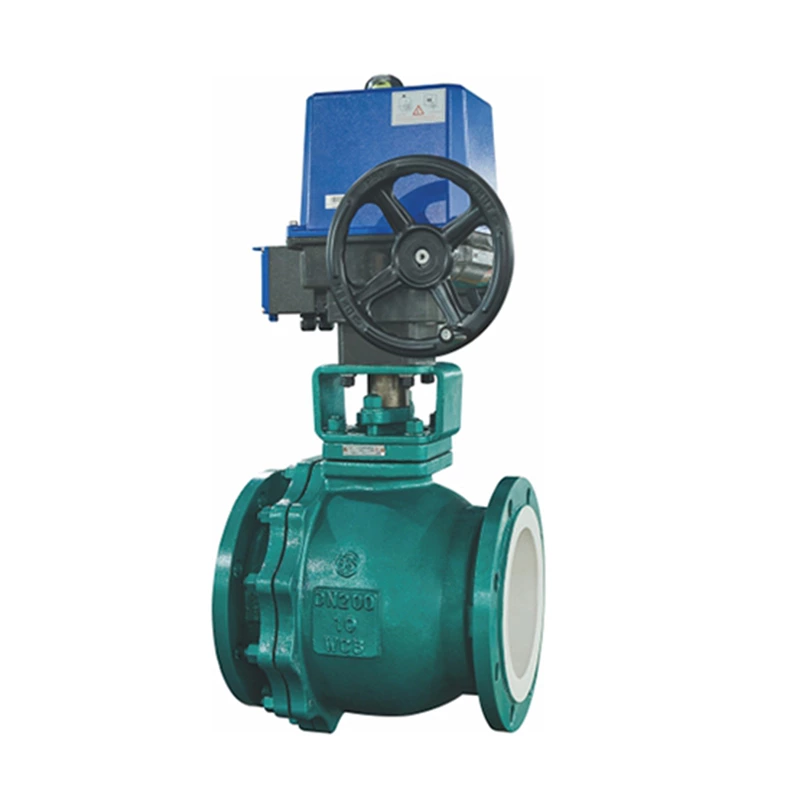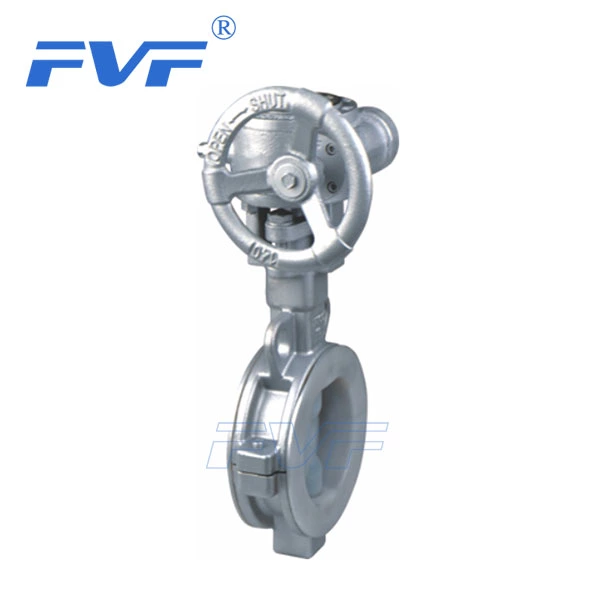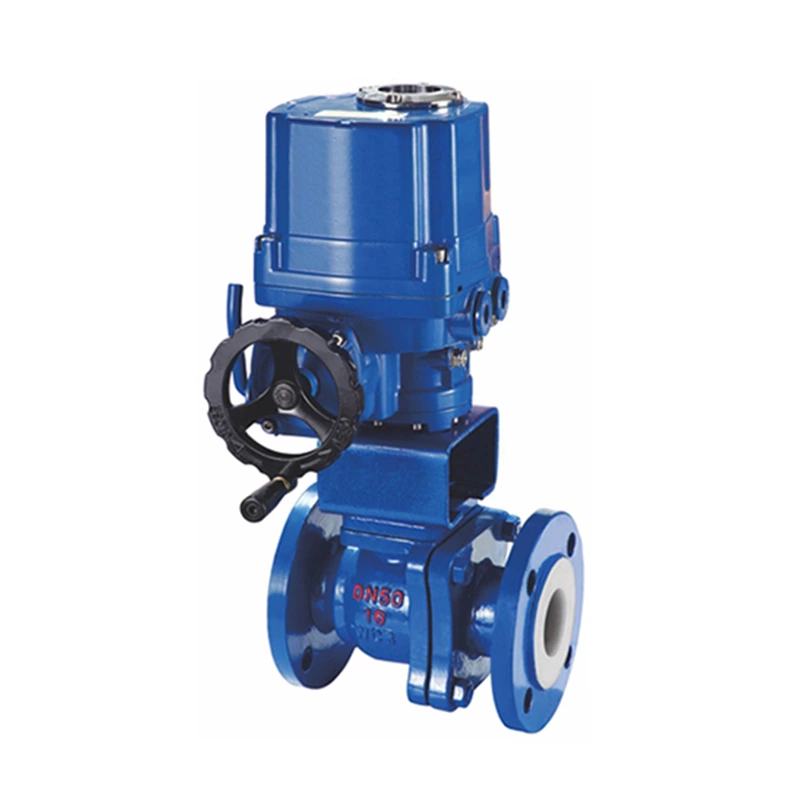Fluorine-lined Valve Manufacturers Take You To Understand The Basic Knowledge Of Fluorine-lined Diaphragm Valves
Lined Diaphragm Valve is a special form of cut-off valve, whose opening and closing part is a diaphragm made of soft material, which separates the inner cavity of the valve body from the inner cavity of the valve cover and the driving components, so it is called a diaphragm valve.
Principle of fluorine-lined diaphragm valve: compressed air is used as the power to drive the transmission screw to move the valve core up and down, pull the membrane up and down, and close and open. Features: compact structure, simple, small size, beautiful appearance; switch positioning, stable movement; small closing torque, long service life, ≥300,000 times; diaphragm pressure can be automatically adjusted, pressure is uniform, and sealing is reliable; the diaphragm is pushed into the valve core, which is easy to replace.
Features of fluorine-lined diaphragm valve: The outstanding feature is that the diaphragm separates the inner cavity of the lower valve body from the inner cavity of the upper valve cover, so that the valve stem, valve disc and other components above the diaphragm are not corroded by the medium, saving the packing sealing structure, and no medium leakage.
1. Soft sealing diaphragms such as rubber or plastic have good sealing. Since the diaphragm is a wearing part, it should be replaced regularly according to the characteristics of the medium.
2. Due to the limitation of diaphragm materials, diaphragm valves are suitable for low pressure and relatively low temperature occasions.
3. Diaphragm valves can be divided into six types according to the structural form: house type, direct current type, stop type, straight-through type, gate type and right angle type; the connection form is usually flange connection; according to the drive mode, they can be divided into manual, electric and pneumatic, and pneumatic drive can be divided into normally open, normally closed and reciprocating.
Installation and use of fluorine-lined diaphragm valves:
1. Valves should be stored in a dry and ventilated room, and stacking is strictly prohibited.
2. Both ends of the channel of the stock valve must be sealed to prevent foreign matter from entering the inner cavity and damaging the seal. And avoid contact with oil or other flammable items.
3. The metal processing surface of the valve should be cleaned of dirt and coated with rust inhibitor.
4. Do not apply grease on the rubber lining or the surface of the rubber diaphragm to avoid rubber expansion and affect the service life of the valve.
5. When storing or stopping, rotate the handwheel counterclockwise to keep the valve in a slightly open state to prevent the diaphragm from losing its elasticity due to long-term pressure.








